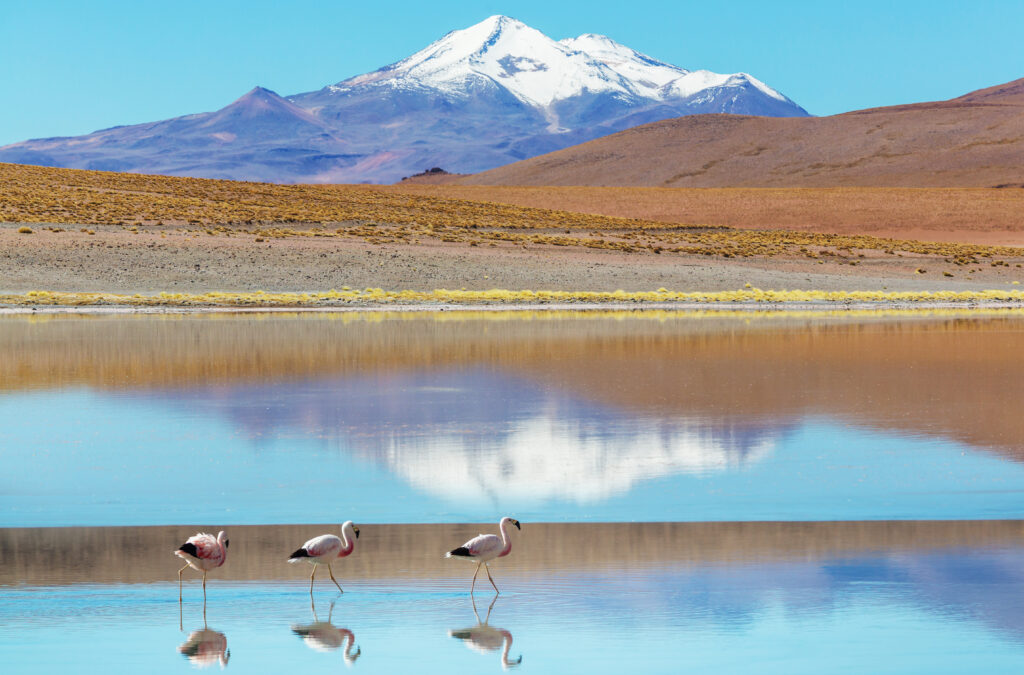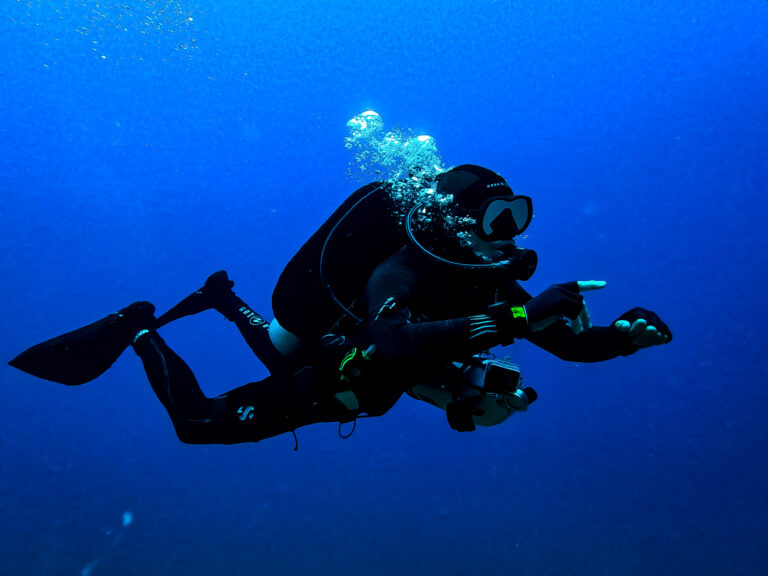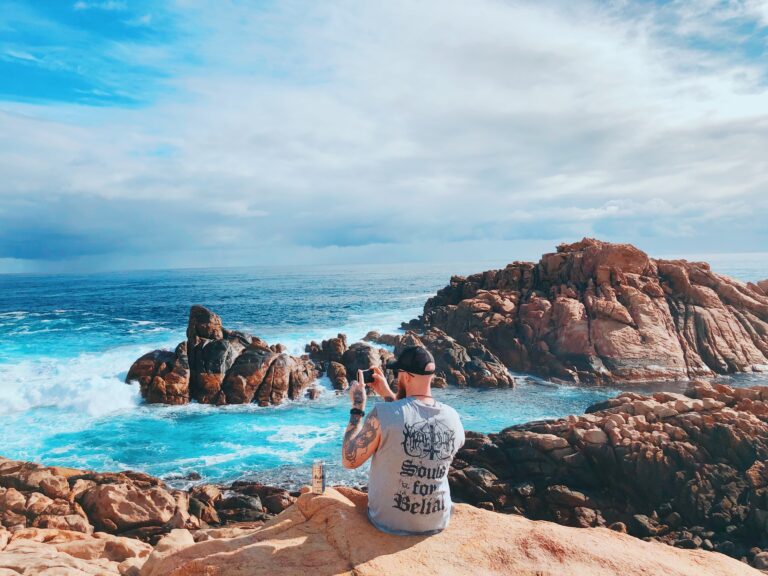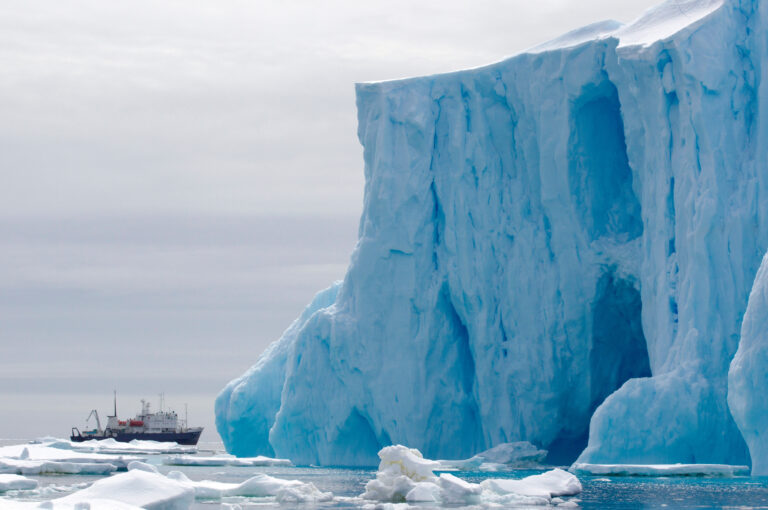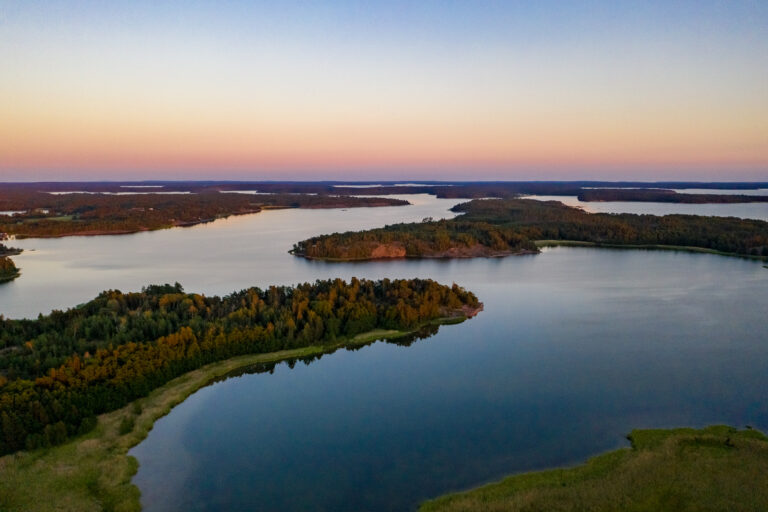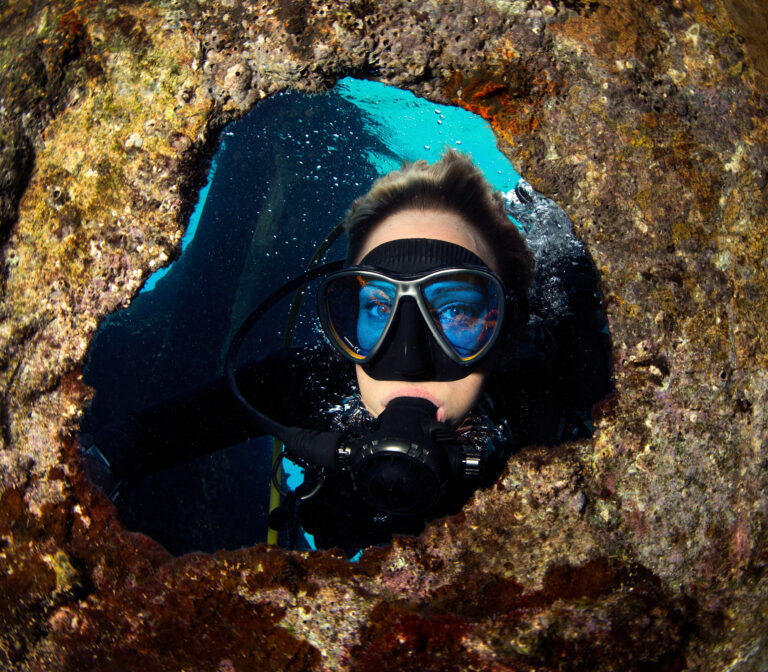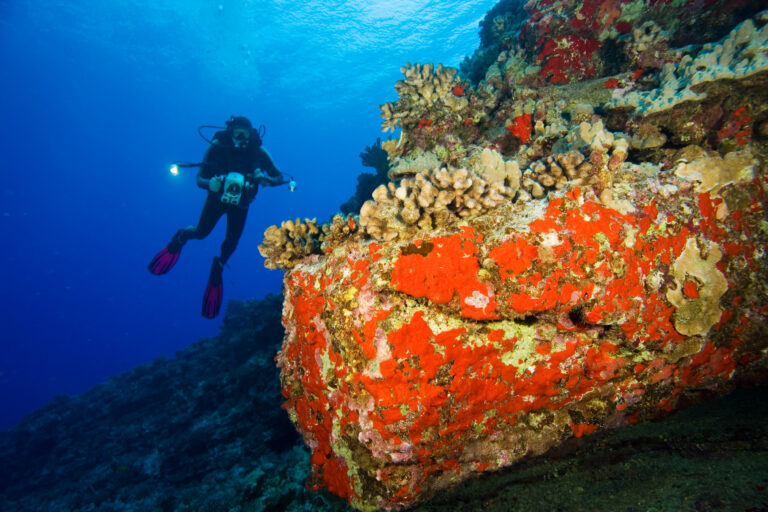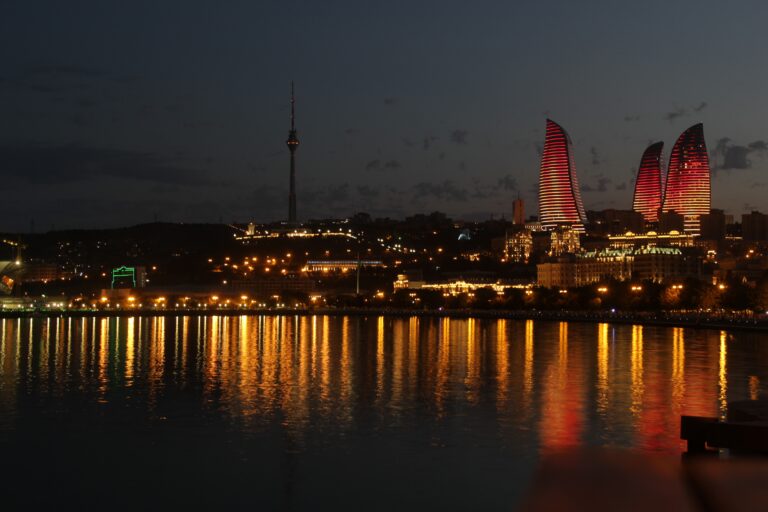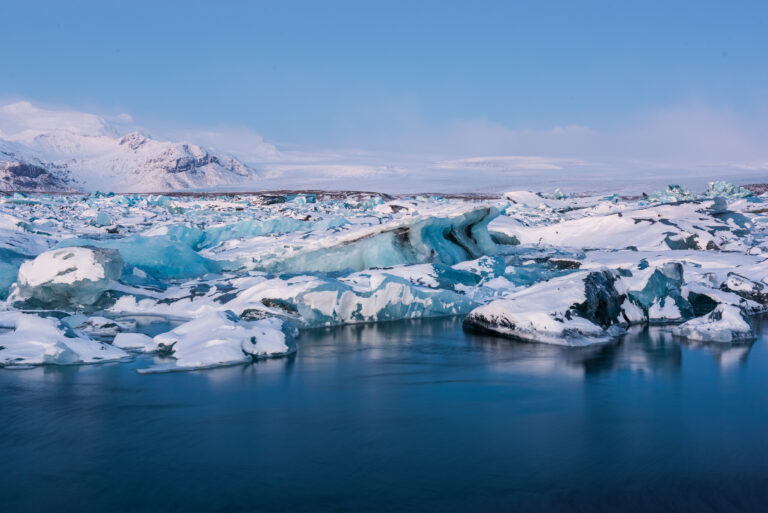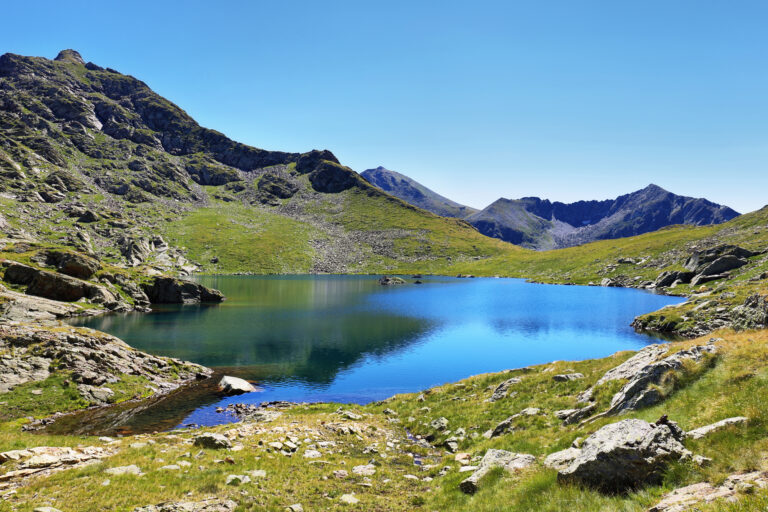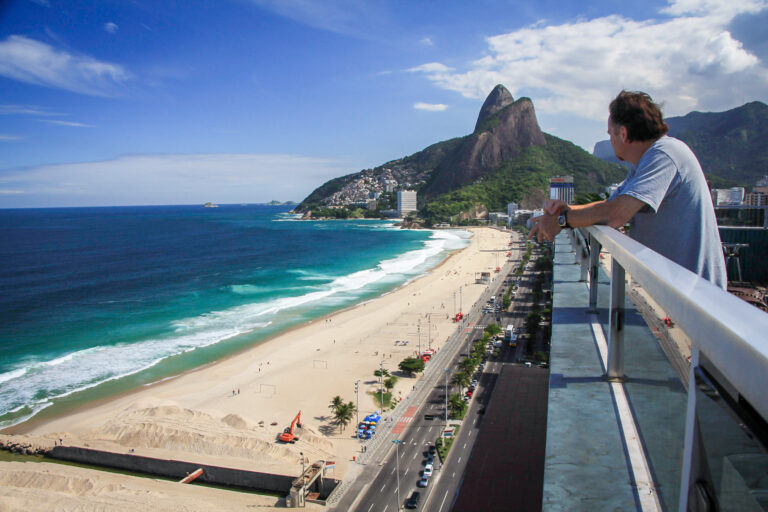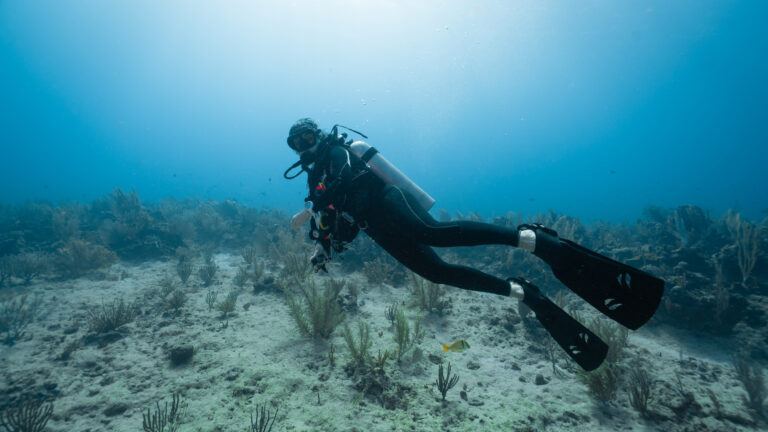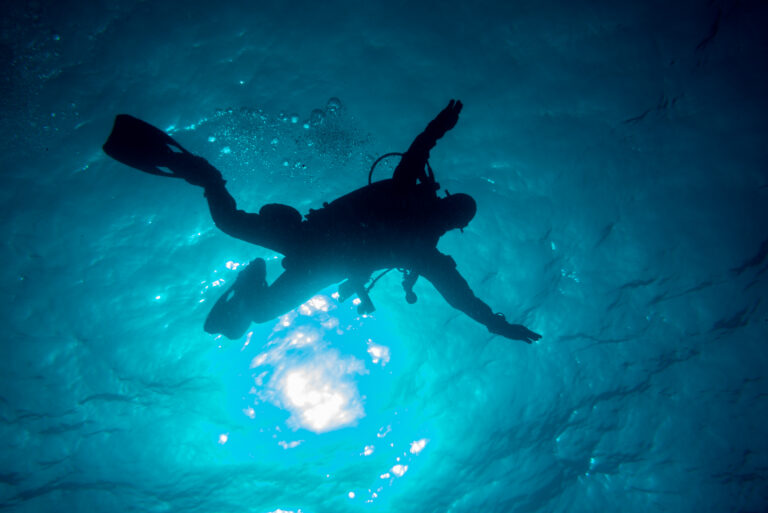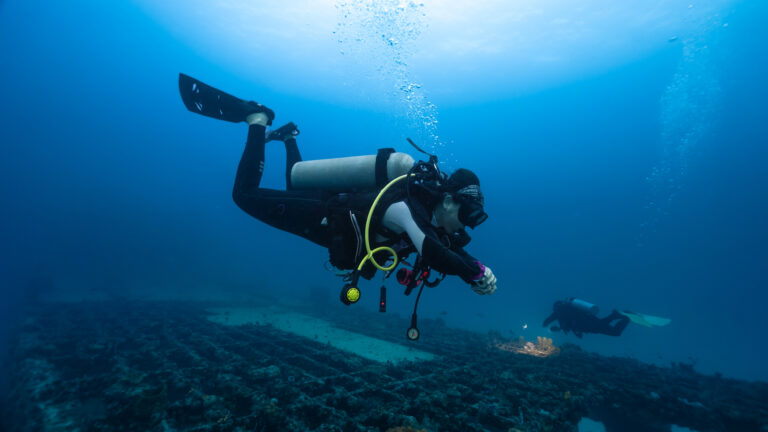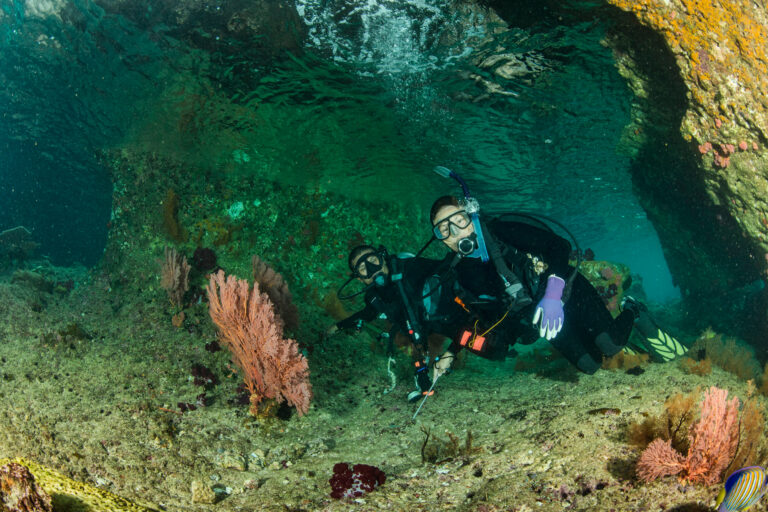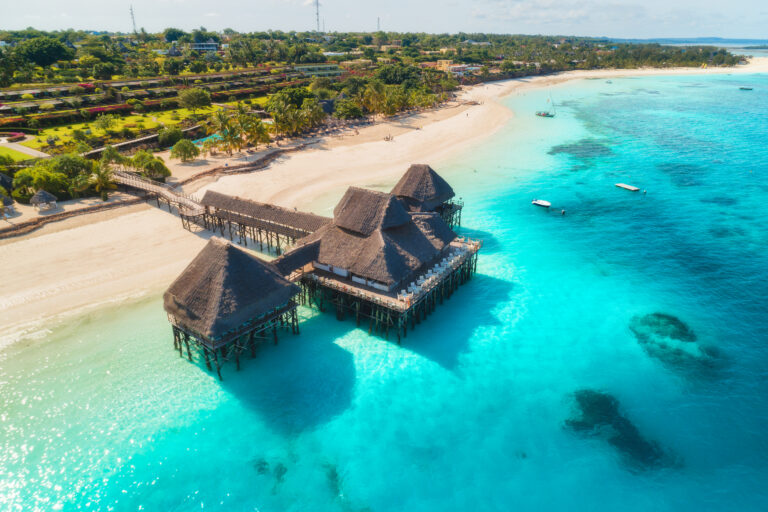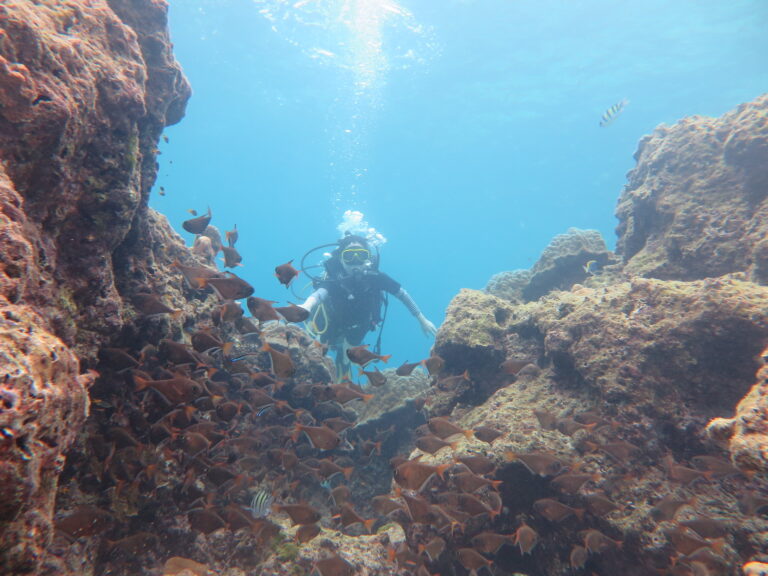SCUBA DIVERS’ TRAVEL GUIDE TO Bolivia
Bolivia is a landlocked country in South America, but that doesn’t mean it lacks water. In fact, Bolivia is home to some of the most diverse and stunning freshwater ecosystems in the world, from the high-altitude Lake Titicaca to the lowland wetlands of the Pantanal. Scuba divers can explore these unique habitats and encounter a variety of aquatic life, such as giant catfish, pink dolphins, piranhas, and anacondas. Bolivia also offers a rich cultural and historical heritage, with ancient ruins, colonial architecture, and colorful festivals. Whether you’re looking for adventure, nature, or culture, Bolivia has something for every scuba diver.
LOCATION AND GEOGRAPHY
Bolivia, a landlocked country in the heart of South America, may not be the first destination that comes to mind for scuba diving enthusiasts due to its lack of coastline. However, it offers a unique diving experience in the world’s highest navigable body of water, Lake Titicaca, which sits at an altitude of over 3,800 meters (12,500 feet) above sea level. Straddling the border between Bolivia and Peru, this vast lake is renowned for its clear, sapphire waters and rich cultural history, including ancient Incan ruins that lie beneath its surface. Divers in Bolivia can explore the underwater treasures of Lake Titicaca, where submerged archaeological sites and diverse freshwater marine life create an otherworldly experience. The lake’s geography, with its deep basins and rocky underwater terrain, presents a challenging yet rewarding adventure for those willing to brave the altitude and colder water temperatures.
VISA AND ENTRY REQUIREMENTS
Bolivia, a landlocked country in South America, may not be the first destination that comes to mind for scuba diving enthusiasts, but it offers a unique underwater experience in Lake Titicaca, the highest navigable lake in the world. For travelers planning to dive into its mystical waters, it’s essential to be aware of the visa and entry requirements. Most visitors from North America, the EU, Australia, and several other countries can enter Bolivia without a visa for a stay of up to 90 days for tourism purposes. However, U.S. citizens do require a visa, which can be obtained on arrival or in advance from a Bolivian consulate. All travelers should ensure their passport is valid for at least six months beyond the planned date of departure from Bolivia. Additionally, visitors must provide proof of a return ticket and sufficient funds for their stay. It’s important to check the most current visa information before traveling, as policies can change. Upon arrival, divers should also be prepared to present their certification cards and logbooks to local dive operators to access Lake Titicaca’s underwater wonders.
GETTING TO Bolivia
Getting to Bolivia for an unforgettable scuba diving experience in its unique inland sites requires some planning, as the landlocked country is nestled in the heart of South America, bordered by Brazil, Peru, Chile, Argentina, and Paraguay. Major airlines operate flights to Bolivia’s principal cities, La Paz and Santa Cruz, from various international hubs, with layovers commonly in cities like Miami, Buenos Aires, or Lima. Upon arrival, divers often make their way to Lake Titicaca, the world’s highest navigable lake, or to the less-known but equally fascinating Laguna Colorada, known for its red-tinted waters and flamingo populations. Travel within Bolivia can be an adventure in itself, with options ranging from domestic flights to buses and private transfers to reach these high-altitude diving destinations. It’s essential to acclimatize to the altitude before diving, so plan to spend a few days exploring the rich cultural heritage and breathtaking landscapes Bolivia offers before taking the plunge.
BEST TIME TO DIVE
Bolivia, a landlocked country, may not be the first destination that comes to mind for scuba diving, but it offers a unique underwater experience in Lake Titicaca, the highest navigable lake in the world. The best time to scuba dive in Lake Titicaca is during the Bolivian winter, from May to October, when the weather is drier and the visibility in the water is at its best. During this period, the lake’s surface temperature ranges from 10 to 14 degrees Celsius (50 to 57 degrees Fahrenheit), so while the water can be chilly, the clear skies and reduced rainfall make for more pleasant surface conditions. Divers should be prepared with appropriate thermal protection to enjoy the submerged ancient ruins and the diverse freshwater marine life. Keep in mind that altitude diving in Lake Titicaca, at over 3,800 meters (12,500 feet) above sea level, requires special training and acclimatization due to the reduced atmospheric pressure.
ACCOMMODATION OPTIONS
Accommodation options for scuba divers in Bolivia are centered around the country’s inland diving gem, Lake Titicaca, the world’s highest navigable lake. While Bolivia may not be the first country that comes to mind for scuba diving, adventurous divers can find a unique experience exploring its underwater ruins and altiplano culture. In the lakeside town of Copacabana, divers can choose from a range of lodging options, from budget-friendly hostels to more upscale hotels offering stunning lake views and additional amenities. For those seeking a more immersive experience, some local tour operators offer homestays with indigenous families on the Isla del Sol, providing a cultural twist to the diving adventure. It’s important to note that accommodation in this high-altitude region is more about functionality and local charm than luxury, with the focus being on the breathtaking natural environment and the serenity of the lake itself.
DIVE OPERATORS AND DIVE SHOPS
Bolivia, a landlocked country, may not be the first destination that comes to mind for scuba diving, but it offers a unique underwater experience in the high-altitude Lake Titicaca, the largest lake in South America. Dive operators and shops in Bolivia are concentrated around Copacabana, the main town on the Bolivian side of the lake. These specialized dive shops cater to the unique conditions found at altitude, providing divers with the necessary equipment, including thicker wetsuits for the cooler water temperatures, and specialized training for altitude diving. The dive operators are well-versed in the local topography and history, offering guided dives to explore the lake’s submerged ancient ruins and natural formations. Safety and acclimatization are top priorities, as diving at over 3,800 meters above sea level presents challenges not found in traditional sea-level diving locations. Divers can expect personalized attention and small group sizes, ensuring a memorable and safe diving experience in one of the world’s most unusual scuba destinations.
TRANSPORTATION WITHIN Bolivia
Bolivia, a landlocked country renowned for its rich cultural heritage and breathtaking landscapes, may not be the first destination that comes to mind for scuba diving. However, it offers a unique underwater experience in Lake Titicaca, the highest navigable lake in the world. To reach diving spots within Bolivia, travelers typically fly into major cities like La Paz or Santa Cruz and then use a combination of buses and taxis to navigate the country. For Lake Titicaca, divers often travel from La Paz to Copacabana by bus, a journey that takes approximately 3 to 4 hours. Once in Copacabana, a variety of boat services are available to transport divers to various islands and dive sites within the lake. It’s important to plan transportation in advance, as the remote nature of some dive sites can make on-the-spot travel arrangements challenging. Additionally, given the high altitude of Lake Titicaca, divers should ensure they are well-acclimatized before undertaking any dives.
CURRENCY AND PAYMENT METHODS
When planning a scuba diving trip to Bolivia, it’s important to note that the official currency is the Bolivian Boliviano (BOB). While major cities and tourist destinations may accept credit cards, it’s advisable to carry cash, especially when visiting more remote diving locations such as Lake Titicaca, where ATMs can be scarce. US dollars are commonly accepted in many places, but ensure they are in good condition and carry smaller denominations for easier transactions. Currency exchange services are available in larger cities and airports, but it’s recommended to exchange a portion of your money upon arrival to cover initial expenses. It’s also wise to inform your bank of your travel plans to avoid any issues with card usage abroad. For the best diving experiences, local dive shops may accept payment in cash or credit card, but always confirm beforehand and be prepared for potential service fees when using cards.
LANGUAGE AND COMMUNICATION
When embarking on a scuba diving adventure in Bolivia, particularly in the breathtaking Lake Titicaca or the less-explored waters of the Amazon basin, it’s essential to have a basic grasp of Spanish, as it is the predominant language spoken by the local population and dive operators. While English may be understood in some tourist areas and by certain dive professionals, communicating in Spanish will greatly enhance your experience, allowing for smoother interactions and a deeper cultural immersion. It’s also worth noting that Bolivia is a country with a rich tapestry of indigenous cultures, and languages such as Quechua and Aymara are widely spoken, especially in rural areas. Learning a few key phrases in these languages can be a sign of respect and appreciation for the local communities. Dive briefings, however, are typically conducted in Spanish or English to ensure safety and clear understanding. Carrying a waterproof phrasebook or having a translation app on your phone can be invaluable tools for those moments when language barriers arise underwater or on the surface.
LOCAL CULTURE AND ATTRACTIONS
Bolivia, a landlocked country in South America, may not be the first destination that comes to mind for scuba diving, but it offers a unique underwater experience in the world’s highest navigable body of water, Lake Titicaca. Beyond the allure of high-altitude diving, Bolivia’s rich indigenous cultures, vibrant markets, and historical sites add to the appeal for divers seeking more than just underwater adventures. In the town of Copacabana, near the lake, visitors can immerse themselves in local traditions and festivities, savor traditional Andean dishes such as quinoa soup and trout, and explore ancient Incan ruins. The mystical Isla del Sol, a sacred Incan site accessible from the lake, provides a glimpse into the spiritual heritage of the region. After a day of diving, travelers can engage with the local Aymara and Quechua communities, whose colorful textiles, folk dances, and warm hospitality are as captivating as the marine life beneath the lake’s surface.
CULTURAL ETIQUETTE AND TIPS
When scuba diving in Bolivia, primarily in the breathtaking high-altitude Lake Titicaca, it’s essential to approach the experience with cultural sensitivity and respect for local customs. Bolivian culture is deeply rooted in indigenous traditions, and the lake itself is considered sacred by many. Before diving, take the time to engage with local communities and understand the significance of the site. It’s polite to ask for permission if you wish to dive near any ruins or culturally significant underwater sites. Always follow the guidance of local dive operators who are familiar with the cultural norms and environmental considerations. Additionally, it’s customary to support the local economy by hiring indigenous guides or purchasing services from community-run businesses. Remember to dress modestly when not in diving gear, as Bolivia is generally conservative, and be mindful of your environmental impact, ensuring that you leave no trace in the pristine waters of this unique diving destination.
LOCAL LAWS AND REGULATIONS RELEVANT TO TOURISTS
Before plunging into the underwater adventures that Bolivia has to offer, it is crucial for tourists to familiarize themselves with the local laws and regulations pertinent to scuba diving. Bolivia, being a landlocked country, offers a unique diving experience in Lake Titicaca, the world’s highest navigable lake. Divers must obtain a permit from the Bolivian Navy, as the lake is subject to naval jurisdiction. Additionally, it is important to respect the cultural heritage sites submerged within the lake, as they are protected by law. Tourists should also be aware that Bolivia strictly enforces environmental regulations to preserve its aquatic ecosystems. This means adhering to no-touch, no-take policies and avoiding any interaction that could damage the flora and fauna or disrupt the ecological balance. Lastly, divers should ensure that they are diving with a certified and reputable operator who is familiar with all local regulations and safety requirements, as Bolivia mandates that all diving activities be conducted under the guidance of licensed professionals to ensure the safety of both the divers and the environment.
SAFETY TIPS AND EMERGENCY CONTACTS
When planning a scuba diving trip to Bolivia, safety should be your top priority. Due to the country’s unique high-altitude diving opportunities, particularly in Lake Titicaca, it’s essential to get acclimatized to the altitude before diving to prevent altitude sickness. Always dive with a reputable, certified dive operator who is familiar with the local conditions and can provide a thorough briefing on the specific challenges of high-altitude diving. Ensure that your dive equipment is in good condition and that you have a dive computer to monitor your depth and time underwater. It’s also crucial to have a well-established emergency plan, including knowledge of the nearest hyperbaric chamber, which is located in La Paz. Keep handy the contact information for local emergency services and DAN (Divers Alert Network) for Bolivia, which can be reached at +1-919-684-9111 for international emergency support. Remember to dive within your certification limits, stay hydrated, and avoid alcohol before diving. By following these safety tips and having emergency contacts readily available, you can enjoy Bolivia’s underwater marvels with peace of mind.
HEALTH AND TRAVEL INSURANCE
When planning a scuba diving trip to Bolivia, particularly to the unique high-altitude dive sites such as Lake Titicaca, it is crucial to secure comprehensive health and travel insurance that covers both scuba diving and altitude-related risks. Given the remote nature of many dive locations in Bolivia, ensure that your policy includes coverage for emergency medical services, hyperbaric treatment in case of decompression sickness, and medical evacuation, which may involve air transport to a facility with appropriate medical care. Additionally, due to the high elevation, divers should seek policies that cover altitude sickness and the potential need for acclimatization days. It is also advisable to verify that your insurance provides coverage for trip cancellations, gear loss, and any other unforeseen circumstances that could arise during your journey. Always carry proof of your insurance and emergency contact information with you, and be aware of the procedures to follow in the event of an incident, to ensure peace of mind as you explore the underwater wonders of Bolivia.

